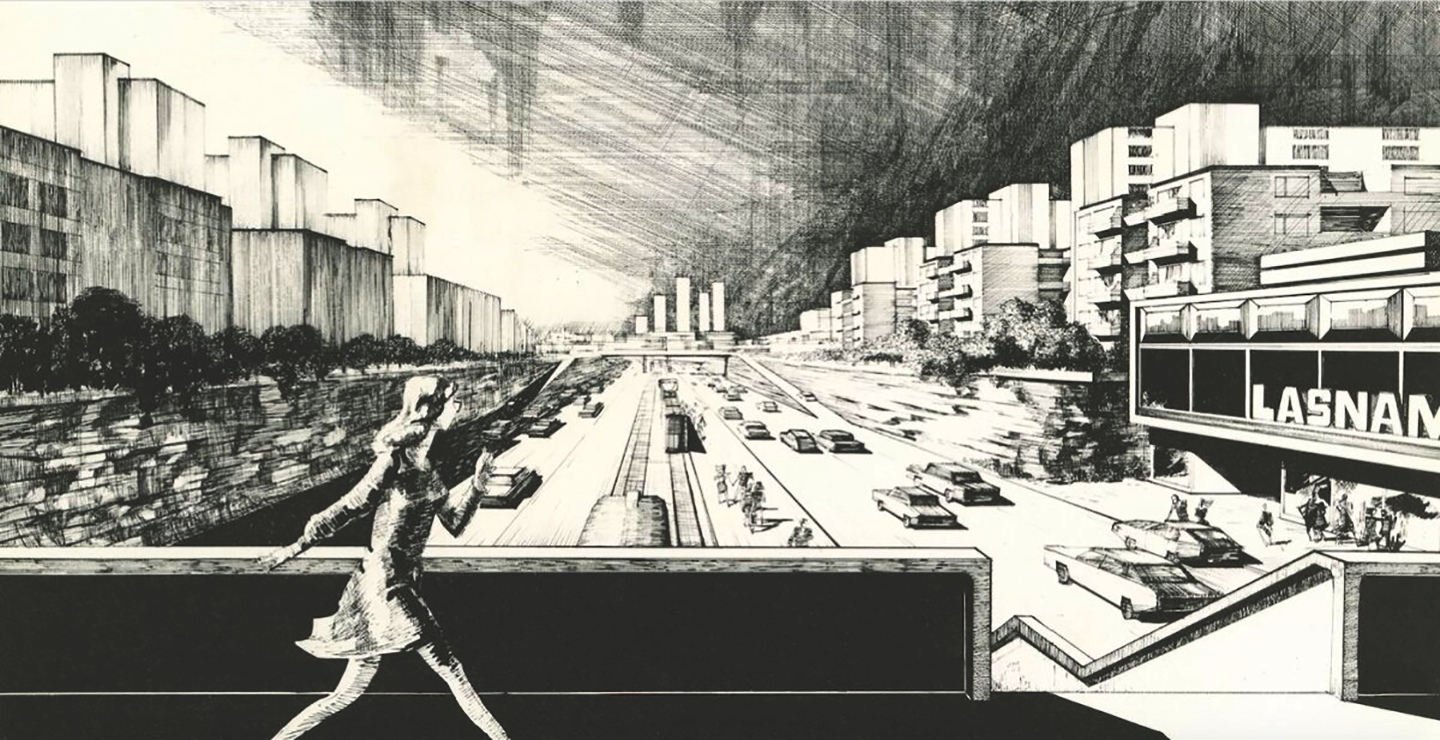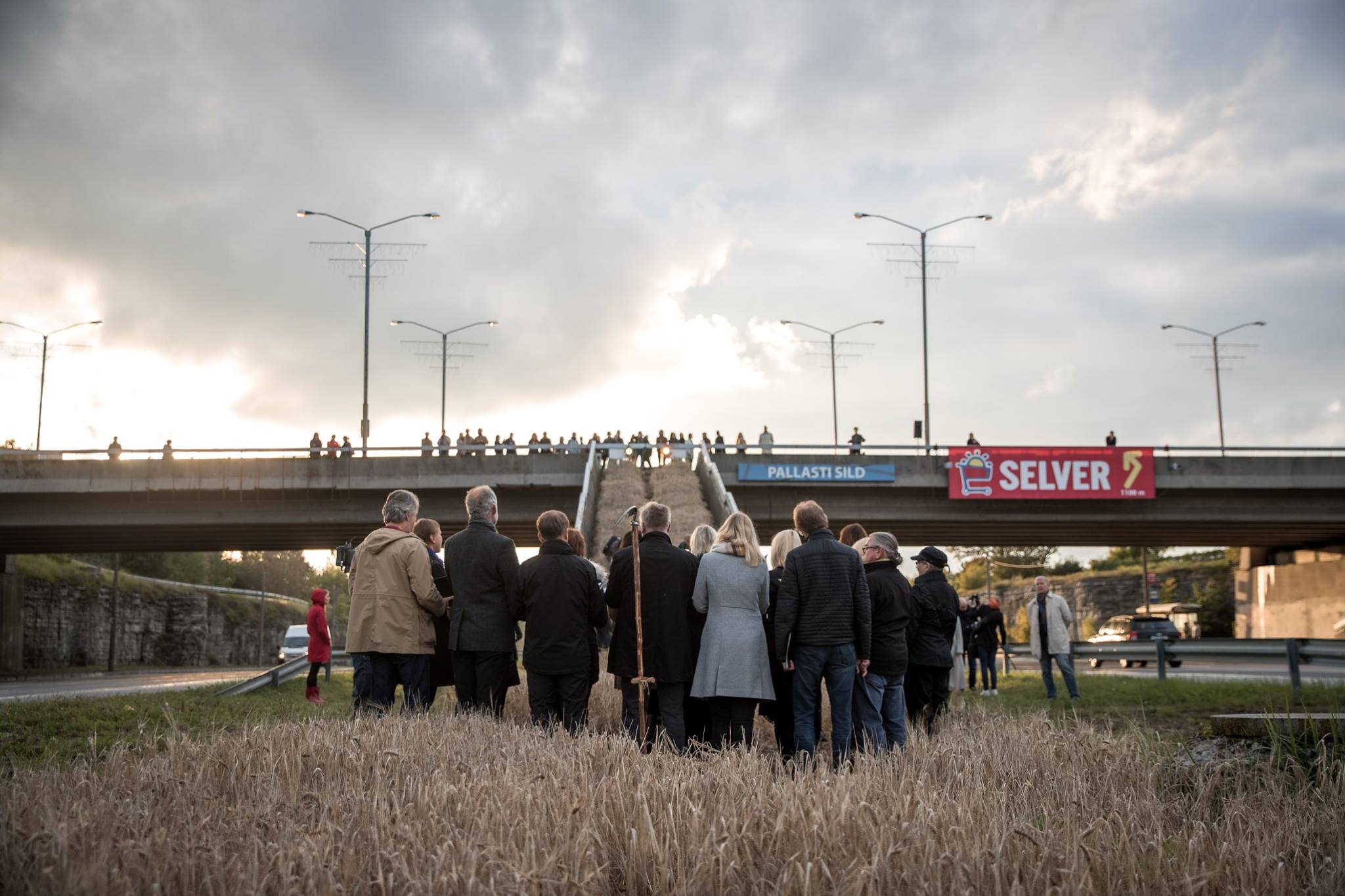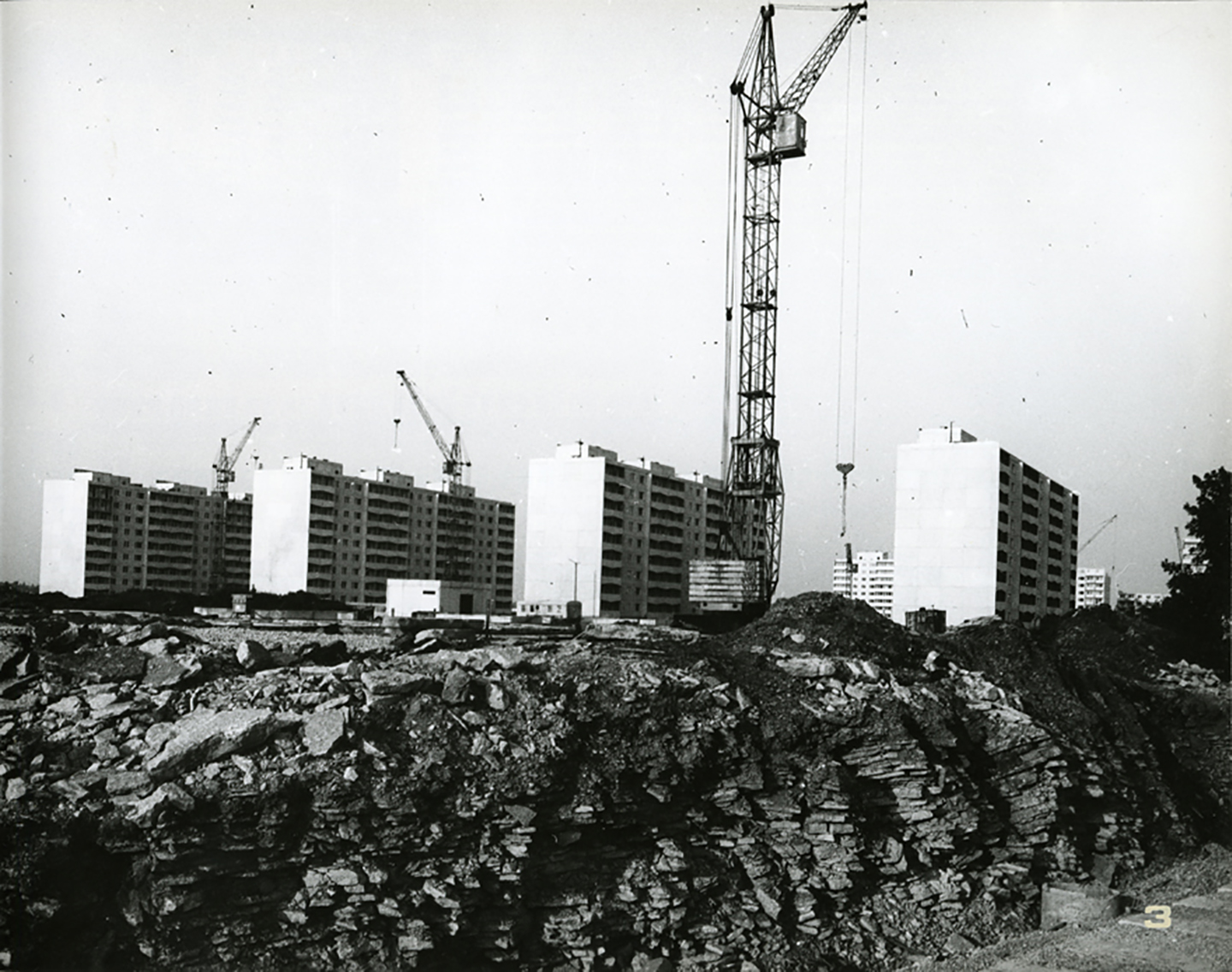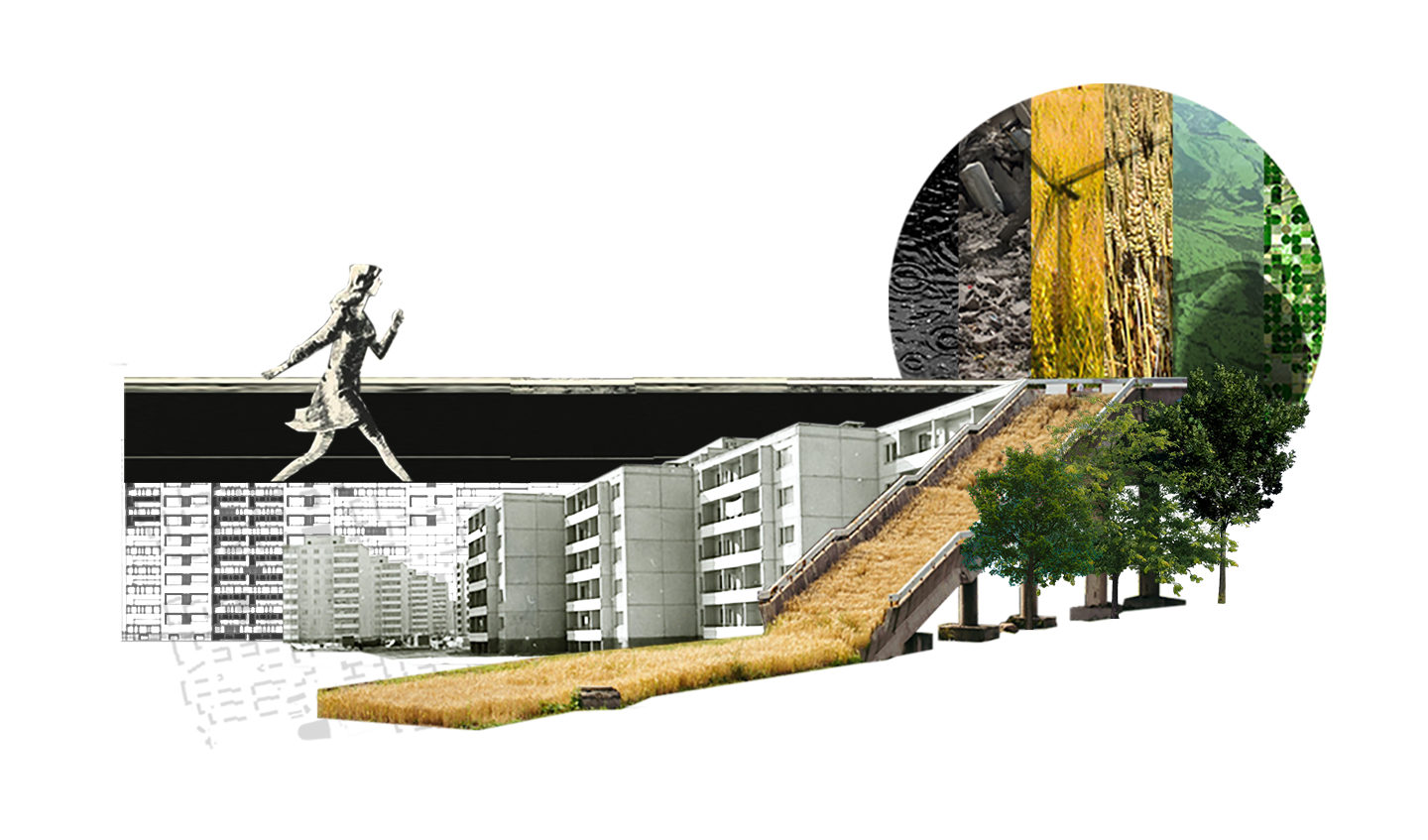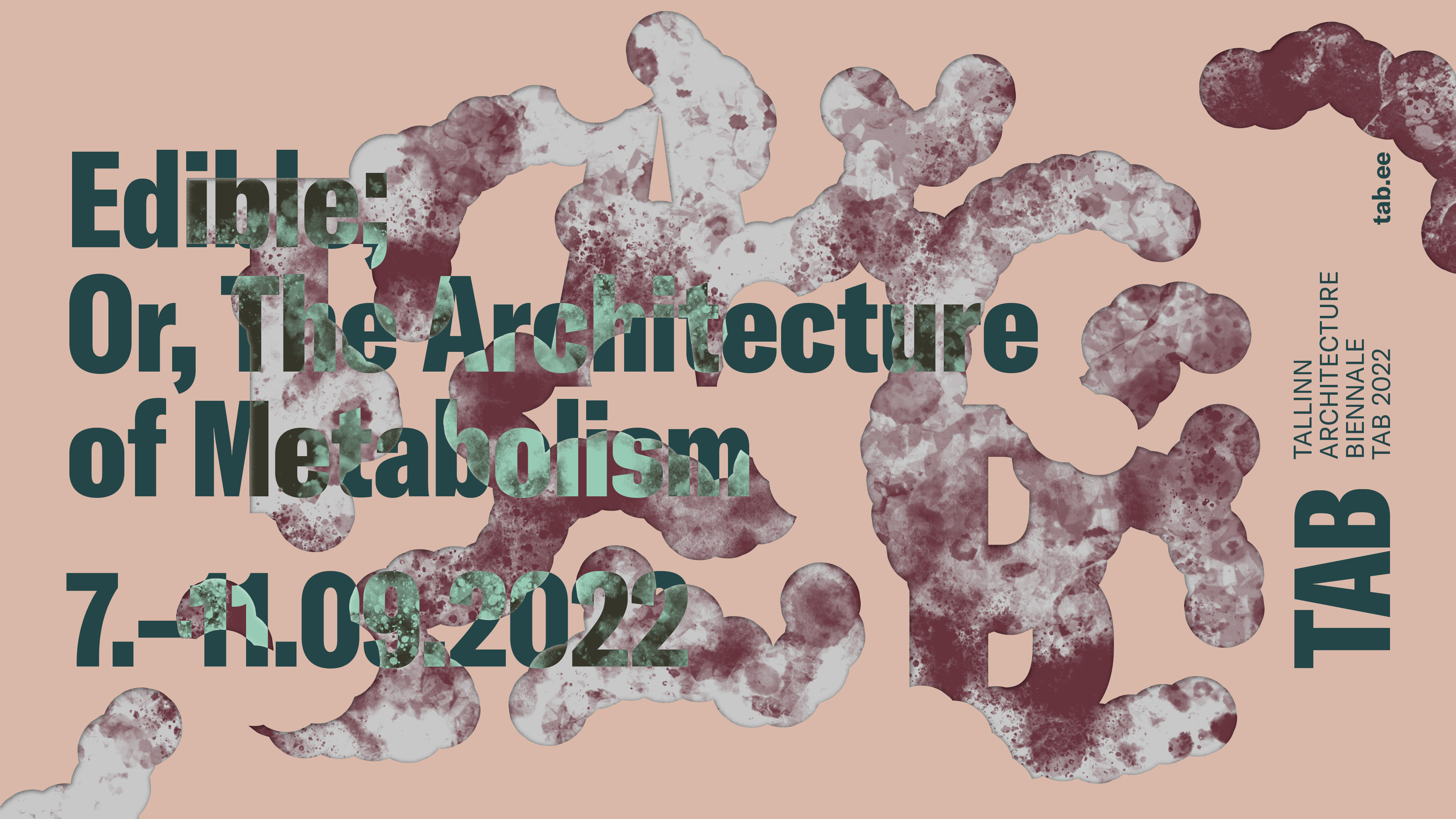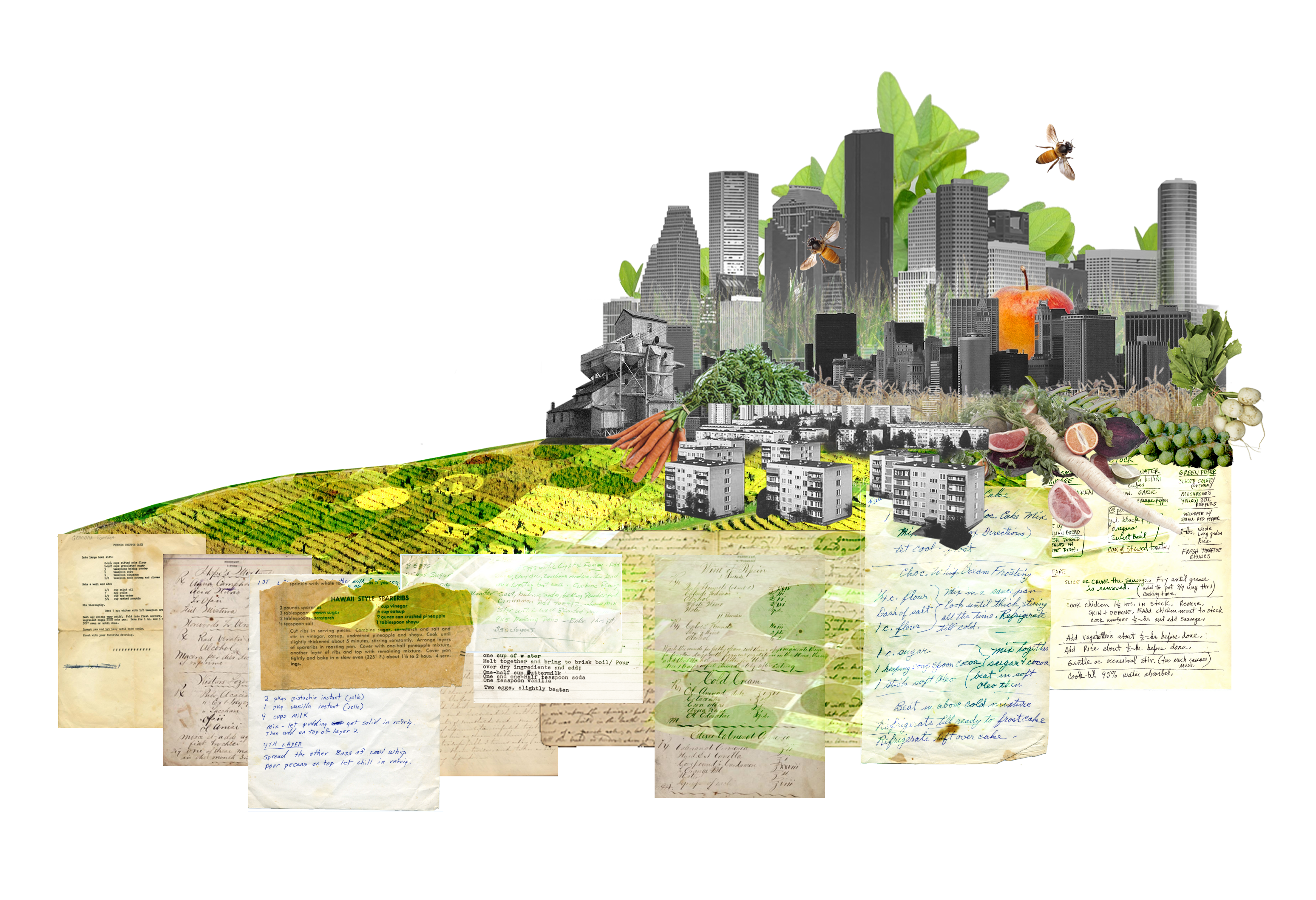Call for submissions: CIRCULAR BLOCK
The CIRCULAR BLOCK competition explores architecture’s expressive capacity to convert waste to energy or matter via circular operations from the micro to the macro scale.
Through the design of an urban unit that operates as a circular system in its resources and economy protocols—as well as in the cycling of its materials—the aim of CIRCULAR BLOCK is to define new productive and socially cohesive urban models that question the traditional linear and discrete consumption and production systems in cities.
In Estonia, buildings are responsible for around half of the nation’s energy consumption and about a quarter of the country’s carbon footprint. With similar numbers in the built environment in different geographic regions, architecture’s response to provide for alternative design, construction and operational models is critical. How can microbial fuel units, anaerobic digesters, bacteria tanks, green cultivations, algae units and other building elements be retrofitted to existing housing units and the building block as a whole, so as not only function as engineering infrastructure, but also as inhabitable space? What are the aesthetic questions of infrastructure and how can such questions be instrumentalized to foster a creative design process? How can an urban unit convert matter to energy and provide simultaneously a vital space for the community?
In this competition, participants are asked to reinvent the block and its buildings as mediators of environmental flows, as well as material and activity flows. From the micro scale—investigating material conversions—to the macro scale—analyzing the dynamics of urban exchange and environmental flows,—participants are encouraged to develop strategies and models for recirculating matter and energy based on principles of distribution and localization.
Operating at three distinct scales, the CIRCULAR BLOCK Vision Competition invites participants to consider Tallinn’s Lasnamäe as a territory to investigate design strategies that allow urban blocks to use their surface to produce food for its inhabitants, generate required energy partially off the grid, use waste for generating energy or products, increase urban density using demolition waste, or implement blockchain technology for locally managing energy or material resources, among other possibilities. The competition's scales of focus includes the mikrorayon—a soviet-era unit of semi-self-sufficient agglomeration of housing and amenities meant to serve approximately 6,000 to 10,000 residents—, the urban block, and the housing block.
Information about submission requirements, prizes, and extended brief materials are available on the CIRCULAR BLOCK competition website. The competition is free to enter and open to all architects and students of architecture. Winning projects will be awarded monetary prizes up to 7,000 EUR and exhibited in the main exhibition of the upcoming Tallinn Architecture Biennale 2022. A larger atlas of selected concepts will be presented to the City of Tallinn as part of TAB 2022.
The deadline for submissions is February 28, 2022.
Jurors include Winy Maas (co-founding Partner and Principal of MVRDV), Kaidi Põldoja (Head of the Spatial Planning Competence Centre at the City of Tallinn), Benedetta Tagliabue (Director of Miralles Tagliabue EMBT, Barcelona), Toomas Tammis (Professor of Architecture, Estonian Academy of Arts), and Veronika Valk-Siska (Advisor, Estonian Ministry of Culture).
The CIRCULAR BLOCK Vision Competition is organized by the curatorial team of the upcoming Tallinn Architecture Biennale (TAB) Edible, Or, The Architecture of Metabolism opening in September 2022. Edible is curated by Lydia Kallipoliti and Areti Markopoulou in collaboration with local co-curator Ivan Sergeyev and assistant curator Sonia Ralston.
Tallinn Architecture Biennale 2022: Edible, or the Architecture of Metabolism
September 7–November 30
Curators: Lydia Kallipoliti, Areti Markopoulou in collaboration with local co-curator Ivan Sergejev

